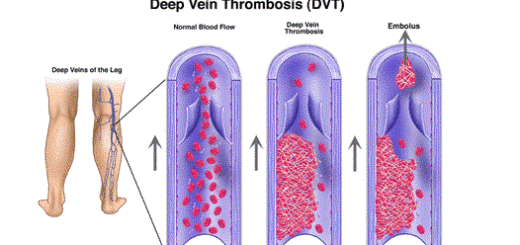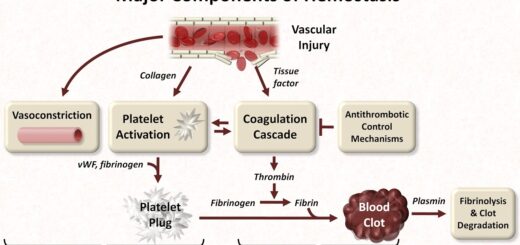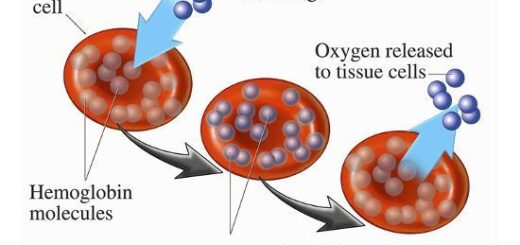Principles of communication in healthcare, Encoding, Decoding and What do we communicate?
Communication skills are the backbone over which a lot of areas of patient care rests. They are the fine arts of medical practice. These skills are required in taking a history from a patient and in probing for additional problems. It is essential in educating patients for the prevention of health problems and their complications. It is needed in counseling as well as in explaining treatment options and providing information about investigations and procedures to be carried out and follow up.
Communication skills
Communication skills will help in taking informed consent as well as other areas of patient care. Better communication between doctor and patient builds confidence, improves patient adherence compliance, reduces malpractice, and affects patients’ satisfaction positively. Good medical practice demands effective communication skills along with knowledge, manual and thinking skills, competence, and ethics.
Communication principles
Medical and health care have always been more successful where there has been effective communication between consumers and providers and between supervisors and subordinates. The success of many clinician-patient relationships depends on the ability to communicate effectively. Physicians need good communication skills to prevent health problems, diagnose and treat disease, to establish and maintain a therapeutic relationship, and to offer information and educate.
Good communication ensures good working relationships, increases patient satisfaction, increases patient understanding of illness and management, and improves patient adherence to treatment. Good communication can also increase job satisfaction for staff and reduce work stress.
The communication skills of the person affect both personal & organizational effectiveness. Family members need communication skills. These are needed to raise children and promote healthy relations between spouses as well as between parents and siblings. Also, it is needed when one communicates with the community members.
What do we mean by communication?
Communication is derived from the Latin word communis, which means common. There are several definitions of communication. Communication is the process of interaction among human beings. This definition indicates that it is a process and it focuses on meaningful interactions. It shows that communication is about conveying information to others clearly and receiving the information that others are sending.
Communication is the activity of conveying information through the exchange of thoughts, messages, or information, as speech, visuals, signals, writing, or behavior. This definition indicates that communication is more than words. It includes behavior, gestures, dress, music, art as well as perceiving and listing.
Communication is the process of transmitting information & common understanding from one person to another. The definition indicates that communication is a process of exchanging information and stresses the importance of a common understanding between the sender and receiver. The definition stresses that communication is successful only when both the sender and the receiver understand the same information as a result of the communication.
Communication means that we transmit a message to a person or to a group. If this person understands and interprets the message in the way it was intended, then one can say that communication has been effectively carried out. This definition indicates the core of communication is a message transmitted and received and the importance that the message to be understood.
The message transmitted is the first half of communication → It must be received and the receiver must show that message has been understood
Two-way process of reaching mutual understanding, in which participants not only exchange (encode-decode) information, news, ideas, and feeling but also create and share meanings. The definition indicates that communication is a process and it is important to reach mutual understanding. It also pointed out two terms in the process of exchange namely encode and decode.
What do we mean by encoding and decoding?
Encoding is how the message is conveyed to another party. The message is converted into a suitable form of transmission. The medium of transmission will determine the form of communication, Decoding is the process where the message is interpreted for its content. It also means that the receiver thinks about the message’s content and internalizes the message. The receiver will compare the message to prior experiences or external stimuli.
What do we communicate?
We communicate ideas, information, norms, feelings, attitudes values, and behaviors. The attitude is a relatively constant feeling, predisposition, or set of beliefs directed towards an object, person, or situation). Value is a preference shared and transmitted within a community. The behavior is an action that has a purpose, frequency, and duration. One should emphasize that you may communicate effectively but this does not mean that you have convinced the receivers of the message.
Why do we consider communication as a process?
Communication is moving in ingredients within a process and interacts together and each ingredient affects all the others. In communication, events and relationships are dynamic (lively and active). Communication is ongoing, ever-changing, and continuous. It does not have a beginning and an end. It is circular in nature. and it is not static.
Why do we consider communication as a transactional process?
Communication is a transactional process because it involves:
- The simultaneous sending and receiving messages from all participants.
- Each participant is affecting the others.
- Each participant is affected by his/her own efforts.
- Each participant is affected by all factors surrounding and encompassing the situation.
Why participants are considered as a context of communication?
The context of communication is the situation in which you are communicating. It includes among others the participants. Participants are considered in a sense as the context of communication because:
- Each individual involves constructs or defines the events he/she experiences in his or her way.
- Each formulates an impression of his/her own unique to that moment.
- The roles or definitions of persons who are communicating are determined by their relationship in the particular communication to all other participants.
The essences (underlying phenomena) of communication
The underlying phenomena of communications are:
- Communication is a personal process.
- Communication is a social and emotional process.
- Communication occurs between people.
- Communication is a mean to influence, control, and motivate others.
- Communication involves the expression of thoughts and emotions through words and actions.
- Communication may involve changes in behavior.
Computers in Medicine uses, advantages and disadvantages
Importance of Artificial intelligence in healthcare and medicine
The importance and uses of robots in medicine
Laboratory robotics uses, advantages and disadvantages
Robotic surgery cons, pros, uses and How does robotic surgery work?
Artificial intelligence in medical field advantages & how AI medical diagnosis changes medicine



